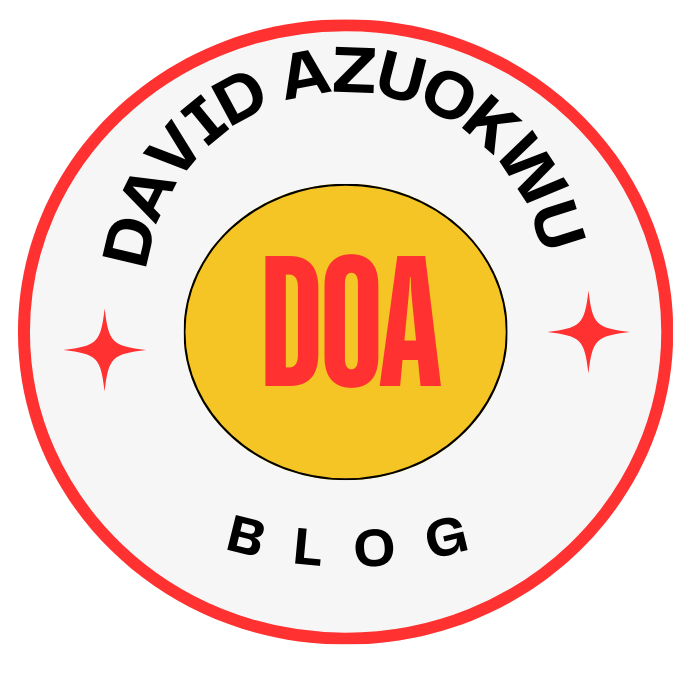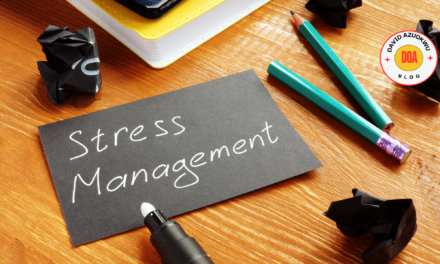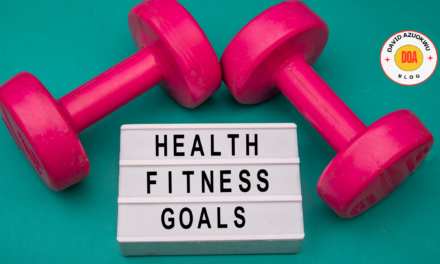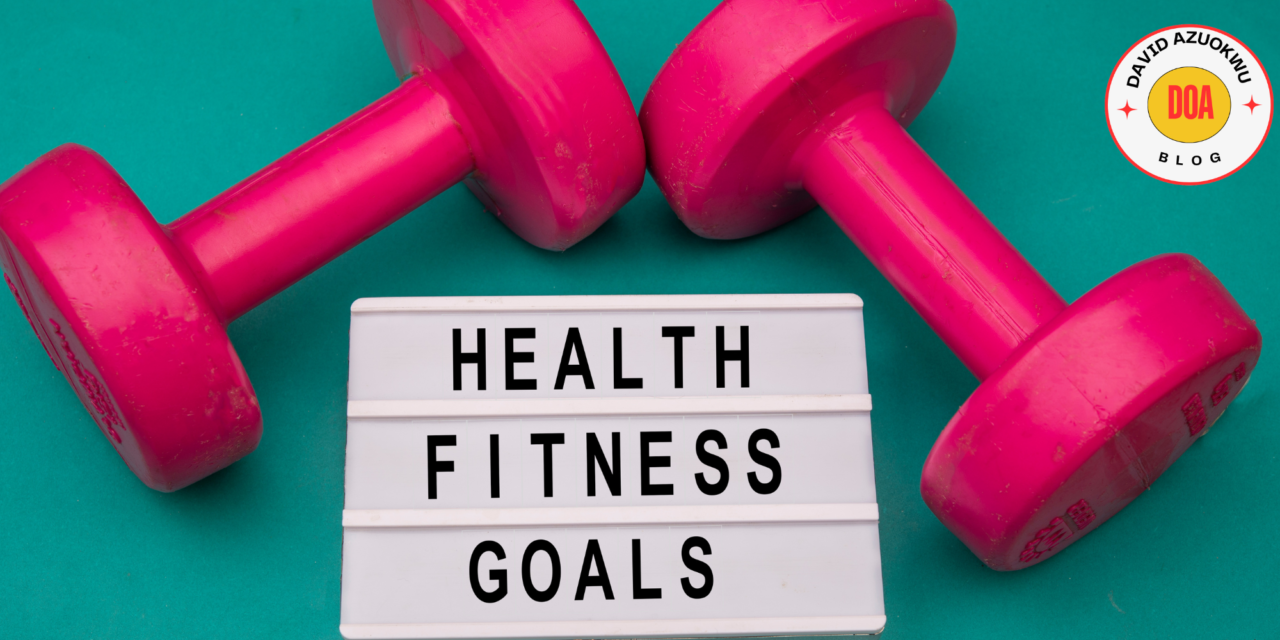Creating a workout routine can be a fun and rewarding process that boosts your health and fitness. Whether you’re a beginner or looking to switch up your existing routine, this guide will help you develop a personalized workout plan that suits your needs and goals. Let’s dive into how you can create a workout routine that works for you.
Understanding Your Fitness Goals
Before you start developing your workout routine, it’s important to understand your fitness goals. What do you want to achieve with your workouts? Your goals will guide your routine and keep you motivated.
Common Fitness Goals
- Weight Loss: Shedding pounds through a mix of cardio and strength training.
- Muscle Gain: Building muscle mass with weight lifting and resistance exercises.
- Endurance: Improving stamina through aerobic exercises like running, swimming, or cycling.
- Flexibility: Enhancing flexibility with activities like yoga or Pilates.
- General Health: Maintaining overall health with a balanced mix of activities.
Assessing Your Current Fitness Level
Knowing where you stand fitness-wise helps tailor your workout routine to your current capabilities. Here’s how to assess your fitness level:
Cardio Fitness
Test your cardiovascular endurance with simple exercises like brisk walking, jogging, or a step test. Note how long you can maintain the activity and how you feel afterwards.
Strength
Check your strength by seeing how many push-ups, squats, or sit-ups you can do in one minute. This gives you a baseline to build on.
Flexibility
Measure your flexibility by reaching for your toes while sitting or standing. Note how far you can reach without straining.
Body Composition
Track your weight and body measurements to understand your body composition. This can help you monitor progress over time.
Designing Your Workout Routine
With your goals and fitness level in mind, it’s time to design your workout routine. A balanced routine includes a mix of cardio, strength training, and flexibility exercises.
Cardio Workouts
Cardio exercises get your heart rate up and improve cardiovascular health. Aim for at least 150 minutes of moderate-intensity or 75 minutes of high-intensity cardio per week. Here are some popular options:
- Walking or Running: Easy to start and great for all fitness levels.
- Cycling: Low-impact and excellent for building leg strength.
- Swimming: Full-body workout that’s easy on the joints.
- Dancing: Fun way to get your heart pumping.
Strength Training
Strength training builds muscle and improves overall strength. Aim to include strength exercises at least two days a week. Here are some ideas:
- Bodyweight Exercises: Push-ups, squats, and lunges require no equipment.
- Free Weights: Dumbbells and kettlebells add resistance.
- Resistance Bands: Versatile and portable for various exercises.
- Weight Machines: Found in most gyms for targeted muscle workouts.
Flexibility and Balance
Flexibility exercises enhance your range of motion and prevent injuries. Balance exercises improve stability. Include these activities in your routine:
- Yoga: Combines flexibility and balance with mindfulness.
- Pilates: Focuses on core strength and flexibility.
- Stretching: Simple stretches to do daily or after workouts.
- Tai Chi: Gentle movements that improve balance and relaxation.
Creating a Weekly Schedule
Now that you have your workout components, it’s time to create a weekly schedule. Balance different types of exercises throughout the week to ensure a well-rounded routine.
Example Weekly Plan
- Monday: Cardio (30 minutes)
- Tuesday: Strength Training (45 minutes)
- Wednesday: Flexibility/Balance (30 minutes of yoga or stretching)
- Thursday: Cardio (30 minutes)
- Friday: Strength Training (45 minutes)
- Saturday: Active Rest (light activity like walking or a fun sport)
- Sunday: Rest Day
Adjusting to Your Lifestyle
Customize your schedule based on your availability and preferences. If you’re short on time, even a 10-minute workout can be beneficial. Consistency is key, so find a routine you can stick to.
Staying Motivated
Staying motivated is crucial for maintaining your workout routine. Here are some tips to keep you on track:
Set Realistic Goals
Break your big goals into smaller, achievable milestones. Celebrate your progress along the way to stay motivated.
Track Your Progress
Keep a workout journal or use a fitness app to log your activities and track improvements. Seeing your progress can be incredibly motivating.
Mix It Up
Avoid workout boredom by varying your exercises. Try new activities, switch up your routine, or join fitness classes to keep things interesting.
Find a Workout Buddy
Having a workout partner can make exercising more enjoyable and provide accountability. Encourage each other to stay committed and reach your goals.
Reward Yourself
Set up a reward system for reaching milestones. Treat yourself to something special, like new workout gear or a relaxing massage, to celebrate your hard work.
Importance of Rest and Recovery
Rest and recovery are essential parts of any workout routine. They allow your body to heal and prevent burnout.
Schedule Rest Days
Include at least one rest day per week to give your muscles time to recover. On rest days, you can do light activities like walking or stretching.
Listen to Your Body
Pay attention to how your body feels. If you’re overly tired or sore, it’s okay to take an extra rest day. Pushing through pain can lead to injuries.
Get Enough Sleep
Quality sleep is crucial for recovery. Aim for 7-9 hours of sleep per night to help your body repair and rejuvenate.
Nutrition and Hydration
Proper nutrition and hydration support your workout routine and overall health.
Eat a Balanced Diet
Fuel your body with a balanced diet rich in fruits, vegetables, lean proteins, and whole grains. Avoid processed foods and excessive sugar.
Stay Hydrated
Drink plenty of water throughout the day, especially before, during, and after workouts. Staying hydrated helps your body perform at its best.
Pre- and Post-Workout Nutrition
Eat a small snack with carbs and protein before your workout to fuel your exercise. After working out, refuel with a meal or snack that includes protein to aid muscle recovery.
Conclusion
Developing a workout routine tailored to your goals and lifestyle is an empowering step toward better health and fitness. By understanding your fitness level, setting realistic goals, and creating a balanced plan, you can stay motivated and enjoy the process. Remember to rest, eat well, and hydrate to support your workouts. With consistency and a positive mindset, you’ll achieve your fitness goals and feel great along the way. Start today and enjoy the journey to a healthier, stronger you!






